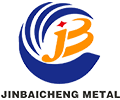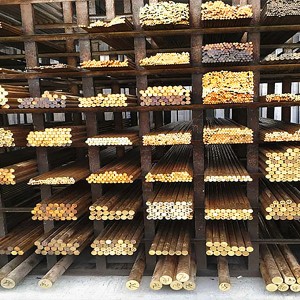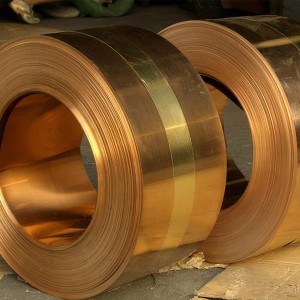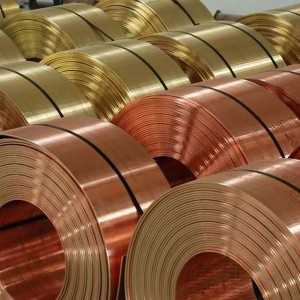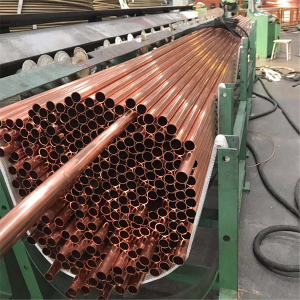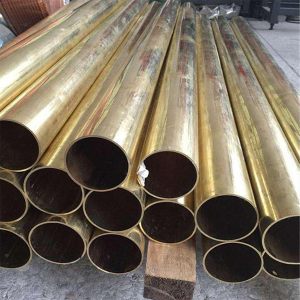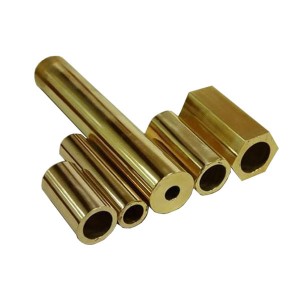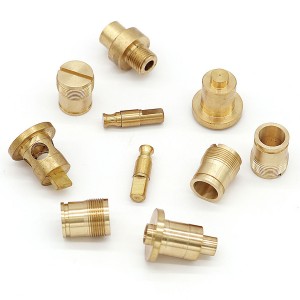Special Brass
Place of Origin: Shandong, China
Model: H59, H68, H80; C1100, C2680, C5191
Application: electronic components, construction
Shape: round
Length: 1000mm-6000mm
Grade: Copper alloy
And (minimum): 99.99
Alloyed or not: Non-alloyed
Delivery time: 7-25 days
Processing services: bending, welding, uncoiling, cutting, punching
Product name: solid copper bar flat
Keywords: Copper Round Bar
Material: T1 T2 C10200 C11600 C71520
Surface: bright
Minimum order quantity: 500 kg
Payment method: 30%TT+70% balance
Packing: standard airworthiness package
Usage: architectural decoration
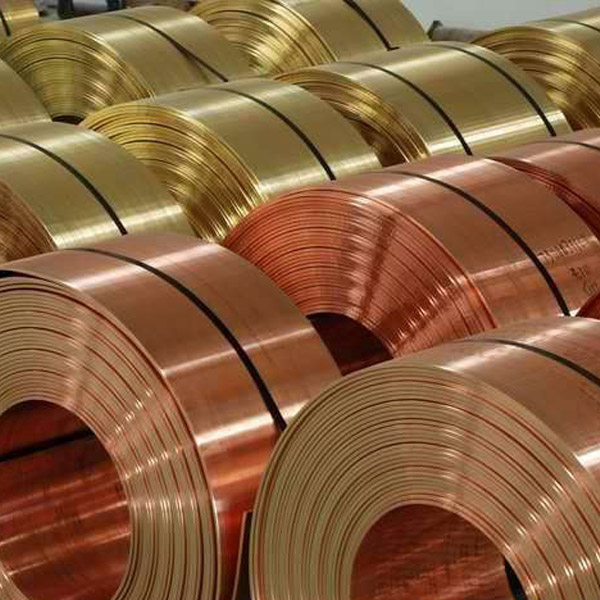
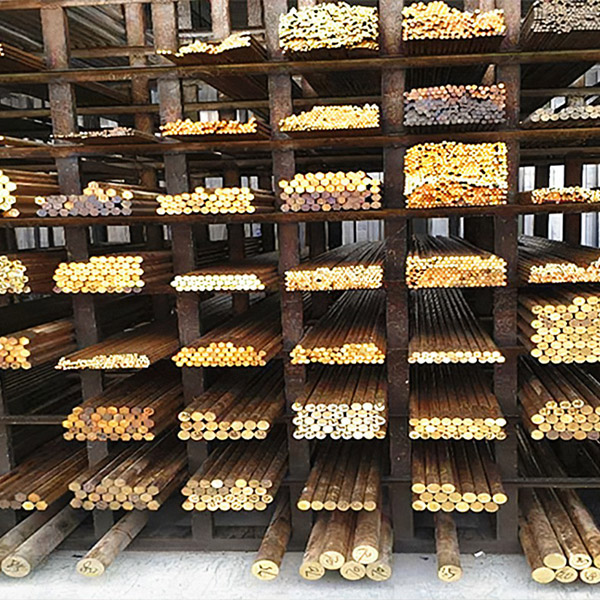
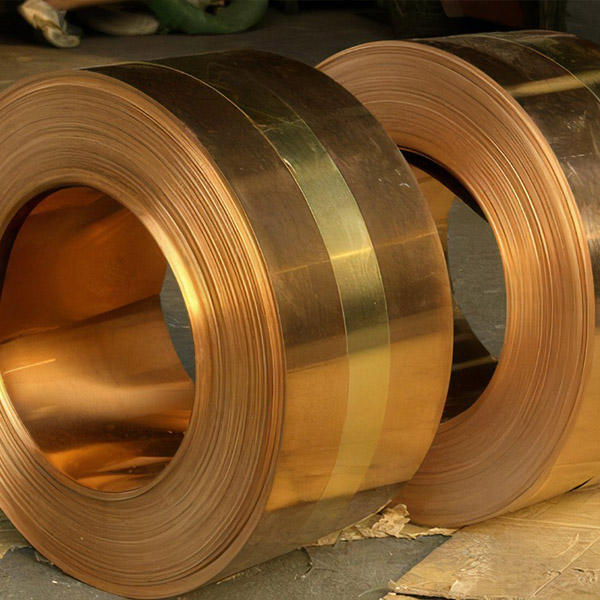
Lead brass
Lead is actually insoluble in brass and is distributed on the grain boundaries in the state of free particles. According to its organization, lead brass has two types: α and (α+β). Due to the harmful effects of lead, alpha-lead brass has very low high temperature plasticity, so it can only be cold deformed or hot extruded. (α+β) Lead brass has good plasticity at high temperature and can be forged.
Tin brass
Adding tin to brass can significantly improve the heat resistance of the alloy, especially the ability to resist seawater corrosion, so tin brass is called "navy brass".
Tin can dissolve into the copper-based solid solution and play a solid solution strengthening effect. But with the increase of tin content, brittle r-phase (CuZnSn compound) will appear in the alloy, which is not conducive to the plastic deformation of the alloy, so the tin content of tin brass is generally in the range of 0.5% to 1.5%.
Commonly used tin brasses are HSn70-1, HSn62-1, HSn60-1 and so on. The former is an alpha alloy, which has high plasticity and can be processed by cold and hot pressure. The alloys of the latter two grades have a (α+β) two-phase structure, and a small amount of r-phase is often present, and the plasticity at room temperature is not high, and it can only be deformed in the hot state.
Manganese Brass
Manganese has greater solubility in solid brass. Adding 1% to 4% of manganese to brass can significantly increase the strength and corrosion resistance of the alloy without reducing its plasticity.
Manganese brass has a (α+β) structure, and HMn58-2 is commonly used, and its pressure processing performance under cold and hot conditions is quite good.
Iron brass
In iron brass, iron precipitates with iron-rich phase particles, which serve as crystal nuclei to refine the crystal grains and prevent the growth of recrystallized grains, thereby improving the mechanical properties and process performance of the alloy. The iron content in iron brass is usually below 1.5%, its structure is (α+β), it has high strength and toughness, good plasticity at high temperatures, and can be deformed in cold conditions. The commonly used grade is Hfe59-1-1.
Nickel brass
Nickel and copper can form a continuous solid solution, which significantly expands the α-phase region. The addition of nickel to brass can significantly improve the corrosion resistance of brass in the atmosphere and seawater. Nickel can also increase the recrystallization temperature of brass and promote the formation of finer grains.
HNi65-5 nickel brass has a single-phase α structure, which has good plasticity at room temperature and can also be deformed under hot conditions. However, the content of impurity lead must be strictly controlled, or it will seriously deteriorate the hot workability of the alloy.
Thermal processing temperature is 750~830℃; annealing temperature is 520~650℃; low temperature annealing temperature to eliminate internal stress is 260~270℃.
Environmental protection brass C26000 C2600 has excellent plasticity, high strength, good machinability, welding, good corrosion resistance, heat exchanger, paper pipe, machinery, electronic parts.
Specifications (mm): Specifications: thickness: 0.01-2.0mm, width: 2-600mm;
Hardness: O, 1/2H, 3/4H, H, EH, SH, etc.;
Applicable standards: GB, JISH, DIN, ASTM, EN;
Specialty: Excellent cutting performance, suitable for high-precision parts processed by automatic lathes and CNC lathes.
| Thing | Brass rod |
| Material | C10100, C10200, C10300, C10400, C10500, C10700, C10800, C10910, C10920, C10930, C11000C11300, C11400, C11500, C11600, C12000, C12200, C12300, C12500, C14200, C14420, C14500, C14530510, C200 C19200, C21000, C23000, C26000, C27000, C27400, C28000, C33000, C33200, C37000, C44300, C44400, C44500, C60800, C63020, C65500, C68700, C70400, C70620, C71000, C71500, C71520, C71640 |
| Standard | Astmb152, b187, b133, b301, b196, b441, b465, jish3250-2006, gb/t4423-2007 etc. |
| Diameter | 3mm~800mm |
| Length | 5.8m, 6m or as required |
| Output to | Singapore, india, iran, indonesia, ukraine, spain, south korea, thailand, canada, united states, ireland, saudi arabia, vietnam, united kingdom, egypt, oman, etc. |
| Pack | Standard export airworthy packaging, suitable for all kinds of transportation, or as required. |
| Container size | 20ft gp: 5898mm(length)x2352mm(width)x2393mm(height); 40ft gp: 12032mm(length)x2352mm(width)x2393mm(height); 40ft hc: 12032mm(length)x2352mm(width)x2698mm(height) |
| Pricing term | Ex-factory price, fob, cnf, cfr, cif, etc. |
| Application | Copper rods are widely used in shipbuilding, military industry, automobile industry and communications. Industries requiring good wear resistance and corrosion resistance |
| Touch | If you have any questions, please feel free to contact me. |
